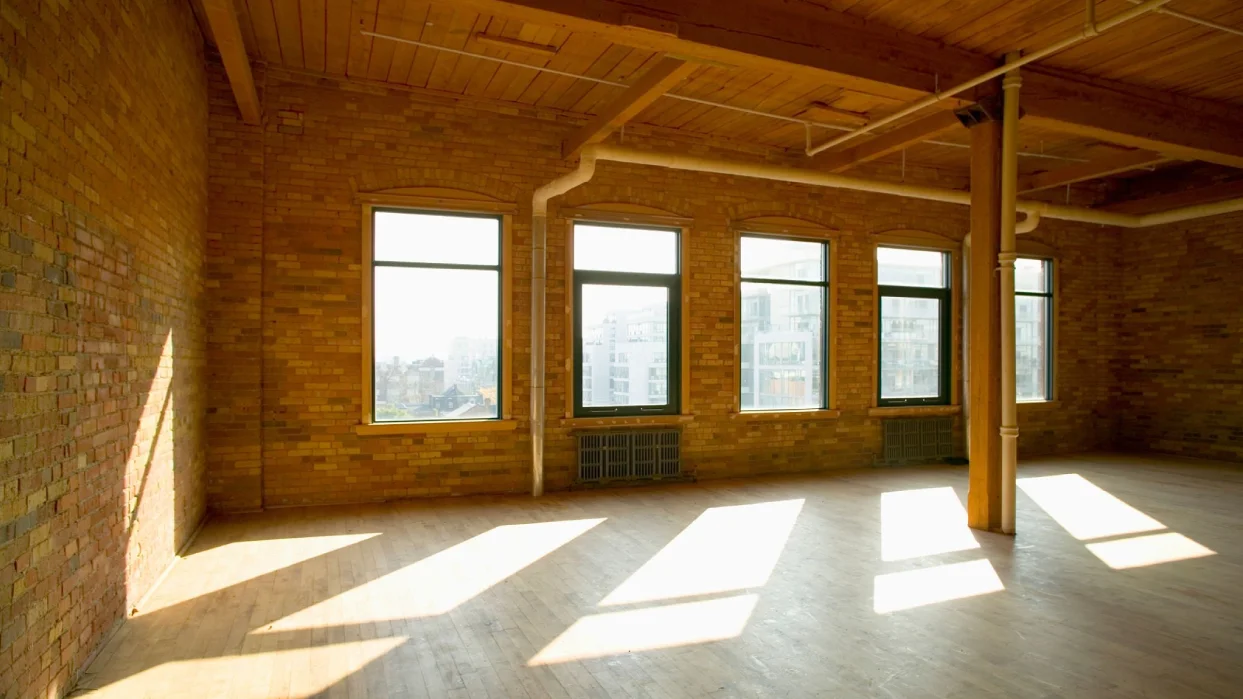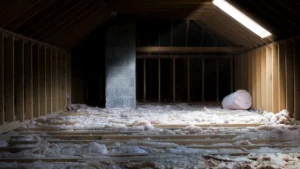A London loft conversion is an attractive way of creating extra living space within a home. However, heating and insulation are essential considerations for a successful conversion. The aim is to create a comfortable living space while keeping energy costs low.
Regarding your new conversion, selecting the right heating system is important if you want to add a cosy homely feel. Energy efficiency and environmental factors to cost-effectiveness must be accounted for when making your decision.
Size of the Loft
This is an essential factor when converting a loft. The size of the loft will determine how much heat is needed for the comfort of your family. If your loft is particularly large, it may be worth installing central heating with TRV valves for heat control. With remote options available, you can adjust the desired temperature of the conversion before you even arrive home.
Loft Flooring
When determining the right type of flooring for your loft conversion, there are a few key factors to consider. Underfloor heating could be a viable option as it heats up quickly and efficiently.
This blog post will discuss the heating and insulation needed for a loft conversion in your London property.
Insulation
Insulation is essential to any loft conversion if heat is to be retained. The type and amount of insulation needed will depend on the existing insulation and the building regulations that cover some London properties. The aim is to create an energy-efficient space that keeps the warmth inside and the cold out!

The most common types of insulation for a London loft conversion.
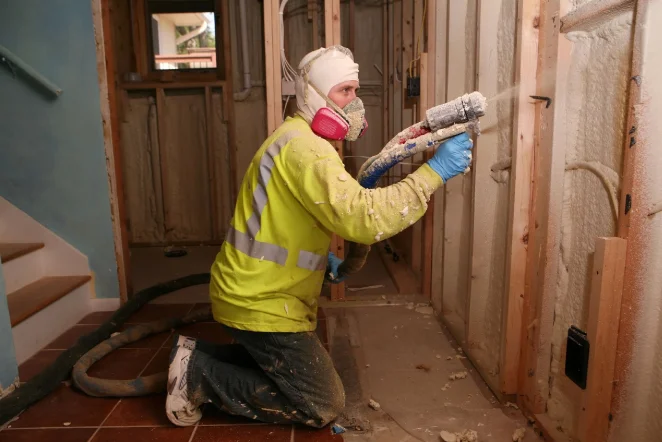
- Spray foam insulation
This is a popular option for loft conversions as it provides excellent thermal insulation and is easy to install. Spray foam insulation is applied to the roof and walls, creating a continuous insulation layer.
- Rigid foam insulation
This insulation is made from polystyrene or polyurethane and is ideally suited for loft conversions. Its rigid foam insulation is also lightweight and easy to install. It is an excellent cladding option for a loft conversion.
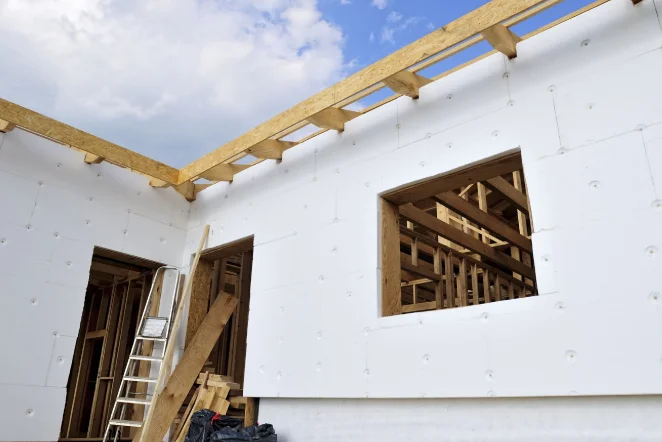
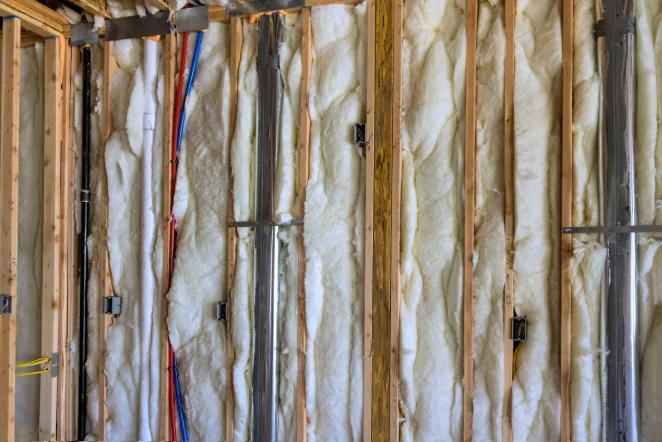
- Mineral wool insulation
This is a popular type of insulation as it is affordable and easy to install. Mineral wool insulation is made from natural or synthetic materials. It is an excellent cost-effective option for insulating between joists.
Heating
Heating is another essential consideration for a loft conversion in London. The type of heating needed will depend on the size of the loft and the insulation used.
The most common types of heating for a loft conversion are:
- Radiators
These are very popular heating sources for a loft conversion. Radiators are easy to install and can be connected to an existing central heating system with a few modifications.
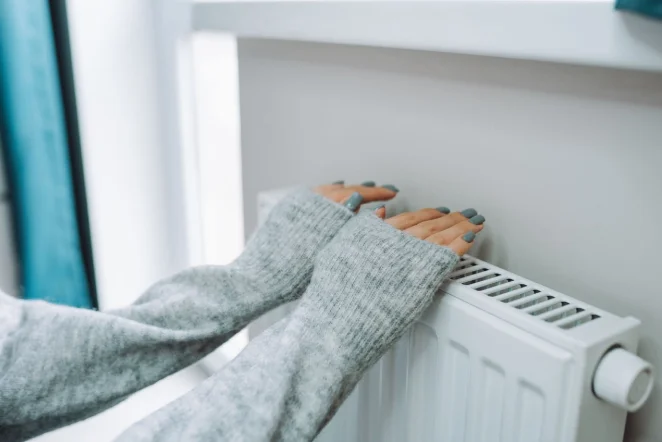
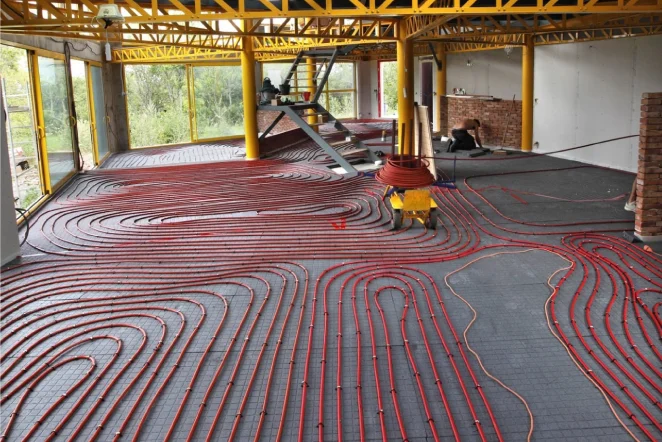
- Underfloor heating
This option is popular for smaller loft conversions as it takes up less space than radiators. Underfloor heating is installed beneath the flooring, creating a warm and comfortable space as warm air rises.
- Electric heaters
If central heating is not an option, electric heaters are easy to install, making them a perfect option for smaller loft conversions.
Nevertheless, heating and insulation are essential considerations for any loft conversion. The aim is to create an energy-efficient space that is warm and comfortable. The type and amount of insulation needed must be within building regulations set out by the local London council.
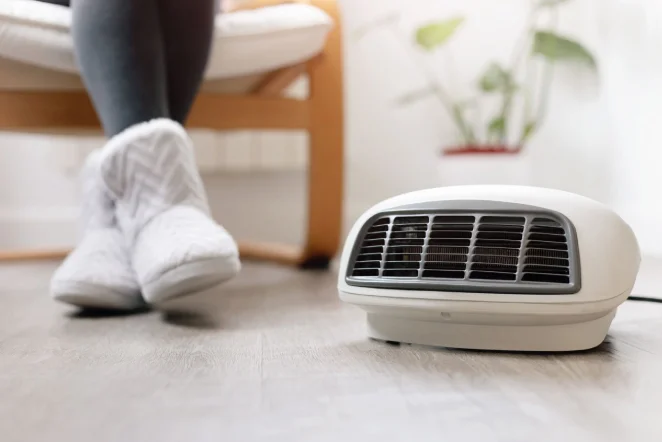
However, there are things you should know before converting. What kind of heating or insulation do you need – not sure? Then contact Loftteam London, who will provide professional and expert advice to ensure your design request and your family’s comfort are met.
Contact us today to book your free site survey.

